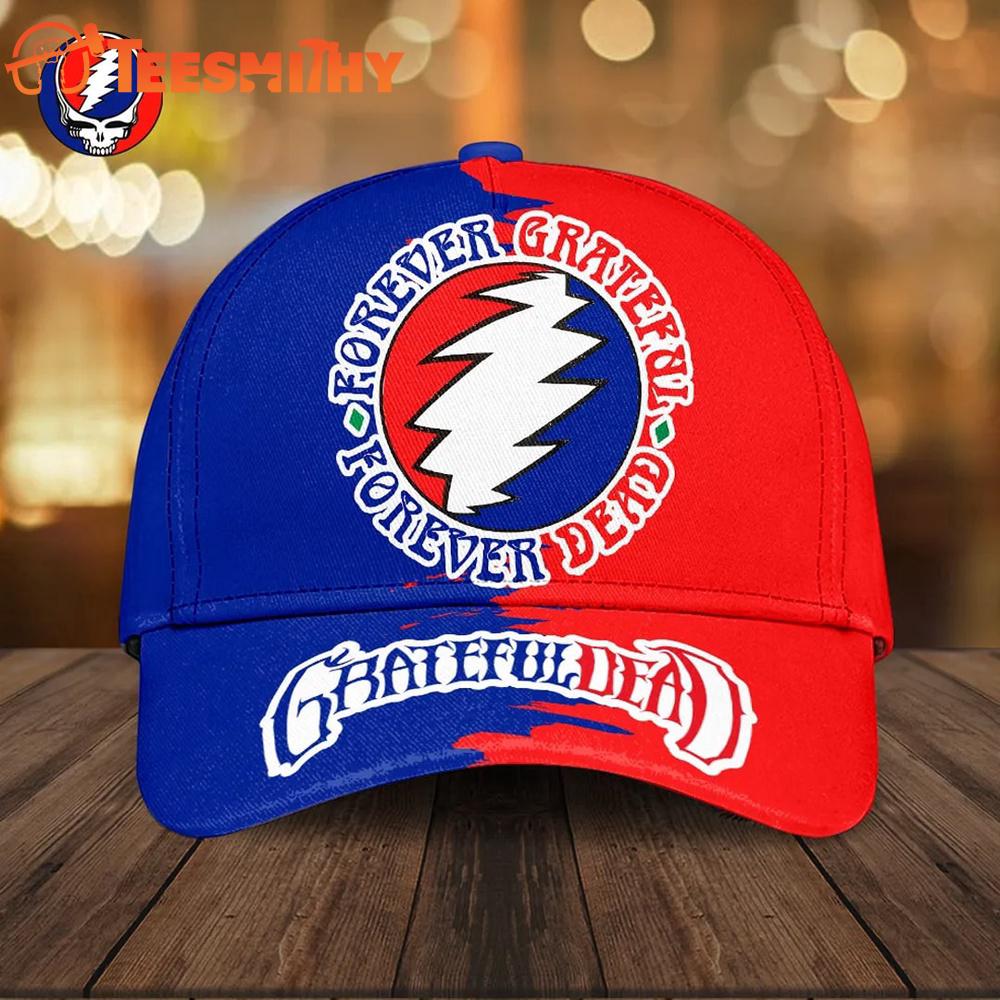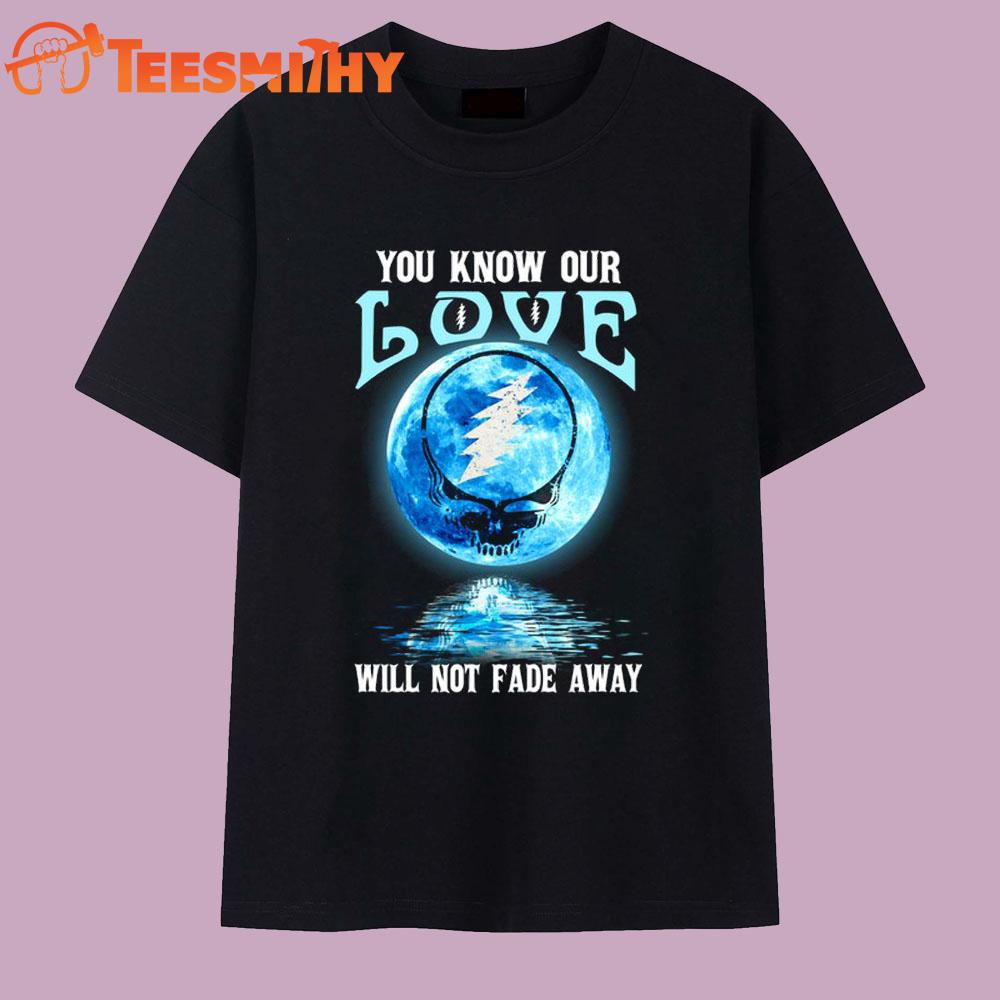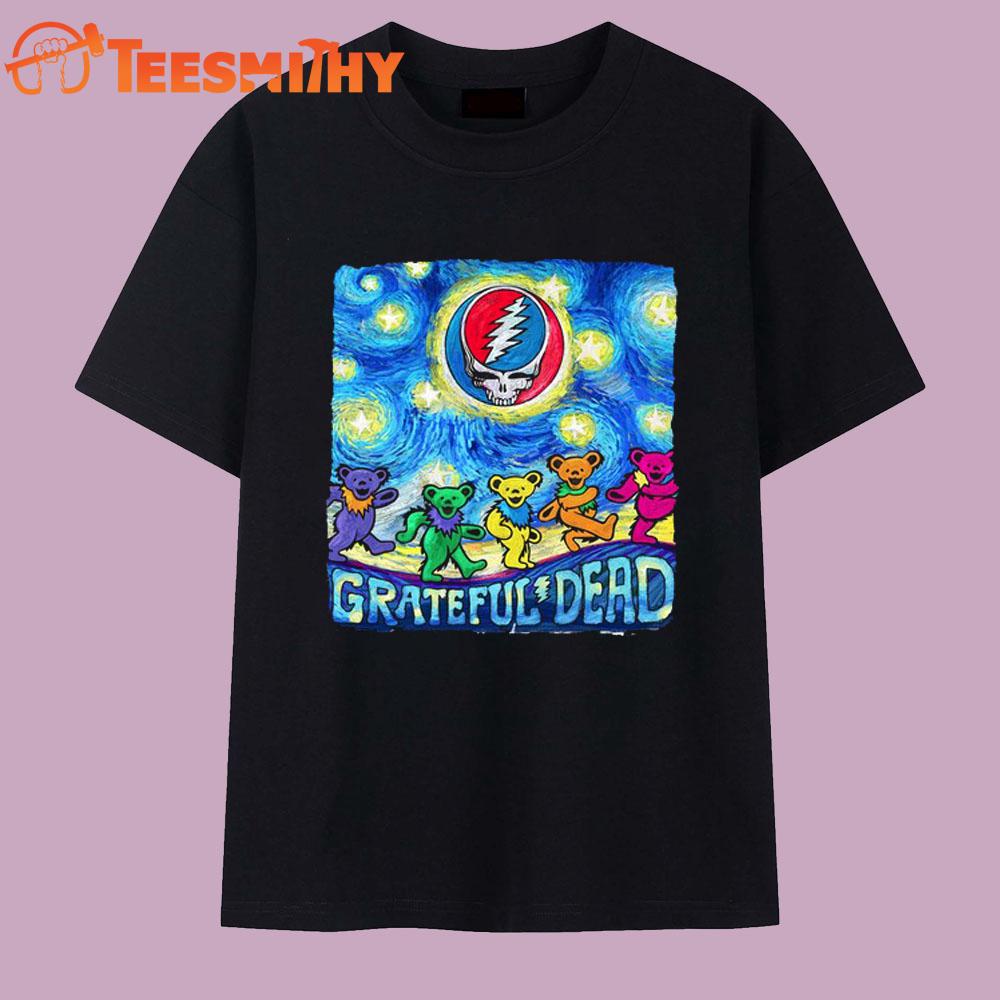How to Spot Authentic Grateful Dead Apparel vs. Knockoffs
When it comes to fashion statements that transcend time, few bands have left a cultural footprint as strong as the Grateful Dead Apparel. Their iconic tie-dye patterns, dancing bears, and skull imagery have become symbols of a lifestyle, not just a musical era. However, with popularity comes imitation, and the market today is flooded with replicas, bootlegs, and cheap reproductions. That’s why knowing How to Spot Authentic Grateful Dead Apparel vs. Knockoffs is essential for fans, collectors, and casual wearers alike. This guide will walk you through the subtle and not-so-subtle details that separate genuine vintage treasures from low-quality counterfeits, so you can invest in the real deal with confidence.
The Legacy Behind Authentic Grateful Dead Apparel
Grateful Dead apparel isn’t just clothing—it’s wearable history. Each piece tells a story of concerts, counterculture movements, and the sense of belonging that fans share. Before diving into the signs of authenticity, it’s important to understand why genuine apparel is so cherished. Original shirts, hoodies, and jackets weren’t mass-produced in overseas factories. Many were created in limited runs, sold at concerts, or distributed by select merch partners. Owning one means carrying a piece of that energy and history.
The value of authentic Grateful Dead clothing goes beyond monetary worth. True Deadheads often describe their shirts as sacred mementos of the freedom, experimentation, and unity that defined an era. That’s why fakes feel empty—they lack the spirit that genuine pieces embody. By learning to identify the real ones, you’re not just buying a shirt, you’re investing in a story.
The Emotional Value of Originals
Authentic apparel captures the soul of a time when art and music collided. For many, a vintage Grateful Dead shirt isn’t just fabric—it’s a memory of dancing under the stars at a show, or passing it down from one generation of fans to the next. Knockoffs may replicate designs, but they can never replicate the memories they represent.
Why Knockoffs Are Everywhere
The reason the market is flooded with fakes is simple: demand. Original concert shirts can sell for hundreds, even thousands of dollars. That creates opportunities for counterfeiters who cut corners on quality and authenticity to sell cheaper imitations. Knowing this makes your awareness and eye for detail all the more powerful.
Key Features of Authentic Grateful Dead Apparel
Spotting a real piece begins with understanding its defining characteristics. Authentic shirts and hoodies share common threads of quality and craftsmanship that knockoffs often fail to replicate. Whether you’re checking tags, designs, or materials, there are always signs if you know where to look.
Genuine Grateful Dead apparel is characterized by thoughtful details—like official licensing marks, premium stitching, and designs that remain true to the original artistic vision. Knockoffs, on the other hand, often rely on shortcuts like low-quality fabric, sloppy graphics, or misleading labels. Here’s how you can start telling the difference.
Fabric and Print Quality
Authentic apparel is made with durable fabrics, often 100% cotton, that age gracefully over time. Vintage shirts may feel softer due to years of washing, but they still hold their structure. Counterfeits often use thin, cheap materials that lose shape quickly. Printing also matters: genuine shirts feature vibrant, long-lasting inks that don’t peel after a few washes, unlike the blurry or cracking prints on knockoffs.
Tags and Labels
One of the easiest ways to spot authenticity is by examining the tags. Real Grateful Dead apparel often carries specific manufacturer tags from the era, such as Hanes, Screen Stars, or Liquid Blue. Knockoffs might have generic tags, misspellings, or modern labels that don’t match the time period of the design.
The Art of Design: Original vs. Reproduction
The designs on Grateful Dead apparel are legendary. Created by visionary artists like Stanley Mouse and Rick Griffin, each print was a piece of psychedelic art history. Knockoffs frequently try to imitate these designs, but the execution rarely matches the originals. Understanding the nuances of design is crucial to distinguishing real from fake.
Authentic shirts are carefully printed, often with intricate details and vibrant color palettes. Fakes may use low-resolution scans or simplified graphics that strip away the soul of the artwork. By comparing line work, colors, and placement, you can often spot the impostors.
Recognizing Original Artwork
Original designs feature crisp details and balanced layouts. Even after years of wear, the prints maintain clarity. Look closely at elements like the dancing bears or skull motifs—authentic prints showcase clean lines and proper proportions, while knockoffs may look distorted or smudged.
Signs of Poor Reproductions
Fakes often reveal themselves through small errors. Colors might be too bright or dull compared to authentic pieces. Fonts may look off, or iconic imagery might be slightly warped. In many cases, the artwork feels rushed or lifeless, missing the artistic depth of originals.
Marketplaces and Provenance
Where you buy your apparel plays a huge role in its authenticity. The vintage market is filled with both treasures and traps. Knowing how to navigate marketplaces can help you avoid knockoffs while connecting with trustworthy sellers.
Provenance—the story of where a shirt came from—can be a powerful tool. Authentic pieces often have a traceable history, whether that’s being purchased at a specific concert or from a reputable store. Knockoffs usually have no story, just a transaction.
Trusted Places to Buy
Some of the most reliable sources for authentic apparel are established vintage shops, collector communities, and specialized online stores like teessmithy.com. These sellers often verify their stock and provide detailed information about the items’ origins. Buying from them ensures peace of mind and a higher chance of authenticity.
Red Flags in Online Marketplaces
While places like eBay, Etsy, or social media marketplaces can yield gems, they are also flooded with counterfeits. Red flags include vague descriptions, lack of close-up photos, or suspiciously low prices. If the deal seems too good to be true, it probably is.
The Collector’s Eye: Tips for Verification
Developing an eye for authenticity takes practice, but there are some tried-and-true methods that seasoned collectors use. By applying these techniques, even beginners can become adept at spotting fakes.
When examining a piece, always trust your instincts but back them up with knowledge. Compare the shirt in question with known authentic examples. Look for inconsistencies in stitching, ink saturation, and label fonts. And don’t be afraid to ask sellers tough questions—authentic pieces can stand up to scrutiny.
Cross-Checking with References
One of the best ways to verify a piece is by cross-referencing with trusted sources. Collector forums, online databases, and vintage apparel archives are filled with images of authentic shirts. Comparing details like tag design, print placement, and wear patterns can reveal whether your shirt is real or not.
Asking the Right Questions
Sellers who are offering genuine apparel usually know their history. Don’t hesitate to ask where they got the shirt, how old it is, or whether they can provide more photos. Sellers who dodge these questions or respond vaguely may be hiding the fact that their product is a knockoff.
Why Authenticity Matters
At the end of the day, authenticity isn’t just about owning a shirt—it’s about preserving a cultural legacy. Genuine apparel represents a connection to music history, artistry, and community spirit. Knockoffs, no matter how convincing, will always lack the heart that makes originals special.
For fans, wearing authentic apparel is a way of carrying the Dead’s legacy into the present. For collectors, it’s an investment in history that grows more valuable over time. And for the community, keeping knockoffs at bay ensures that the true spirit of the band continues to shine through real, not fake, creations.
Owning authentic Grateful Dead apparel isn’t just about fashion—it’s about authenticity in life itself. It’s about valuing stories, experiences, and connections over shortcuts. By learning how to spot the difference, you’re choosing to honor a legacy that continues to inspire generations.



Comments
Post a Comment